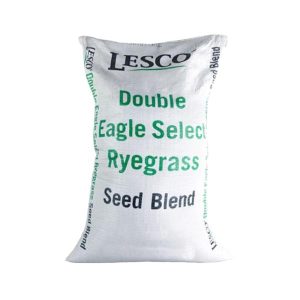Dazzling Color on a Compact, Easy Silhouette
Why Flame Amur Maple Trees?
The Flame Amur has it all: A dazzling autumn show and a compact, resilient, and adaptable silhouette. You’ll find endless spaces in your yard where the Amur Flame Maple will perfectly stand out because it’s a manageable size and easy to plant.
Named “Flame” for a reason, the autumn show is stunning.Imagine the possibilities of adding this deep red color to your yard as a complement to other fall colors or a contrast against your evergreens. And spring brings a bouquet of dainty pale white flowers delicately scattered over bright green leaves.
Whether you live in the coldest state in the US, the dry west coast, or the hot and humid south, the Amur Flame Maple can thrive in your yard since it’s cold hardy and drought tolerant. But the best part is that we’ve grown our Flame Amur Maple Trees for best results, months ahead of shipping to you. That means you have easy-to-grow success and beauty in your own landscape. We’ve done the hard work so you don’t have to.
The Amur Flame Maple is loved for its small size, adaptability and fiery colors. It remains an extremely popular tree, so don’t miss your chance to add it to your landscape.
Planting & Care
1. Planting: Your Amur Flame Maple will grow in any spot in your yard that gets full sun or partial shade, but more sun will produce brighter colors in the fall. This tree is also adaptable to all pH levels and most soil types except finely textured soils like clay. Amur Flame Maples do not like excessive water, so be sure to plant in a spot that is very well-draining. Plant in a hole twice as wide but just as deep as the root ball, place your tree and back fill the soil. Finally, water to settle the roots.
2. Watering: Water deeply after planting to establish the roots. You won’t need to water your tree again after this. If you experience severe drought in the first year, you can water weekly to help it establish, but even this is unnecessary.
3. Pruning: There is not additional maintenance needed for your Amur Flame Maple, but you can prune it down to any size you like, and you can also prune away stems to create a single-stemmed tree.









